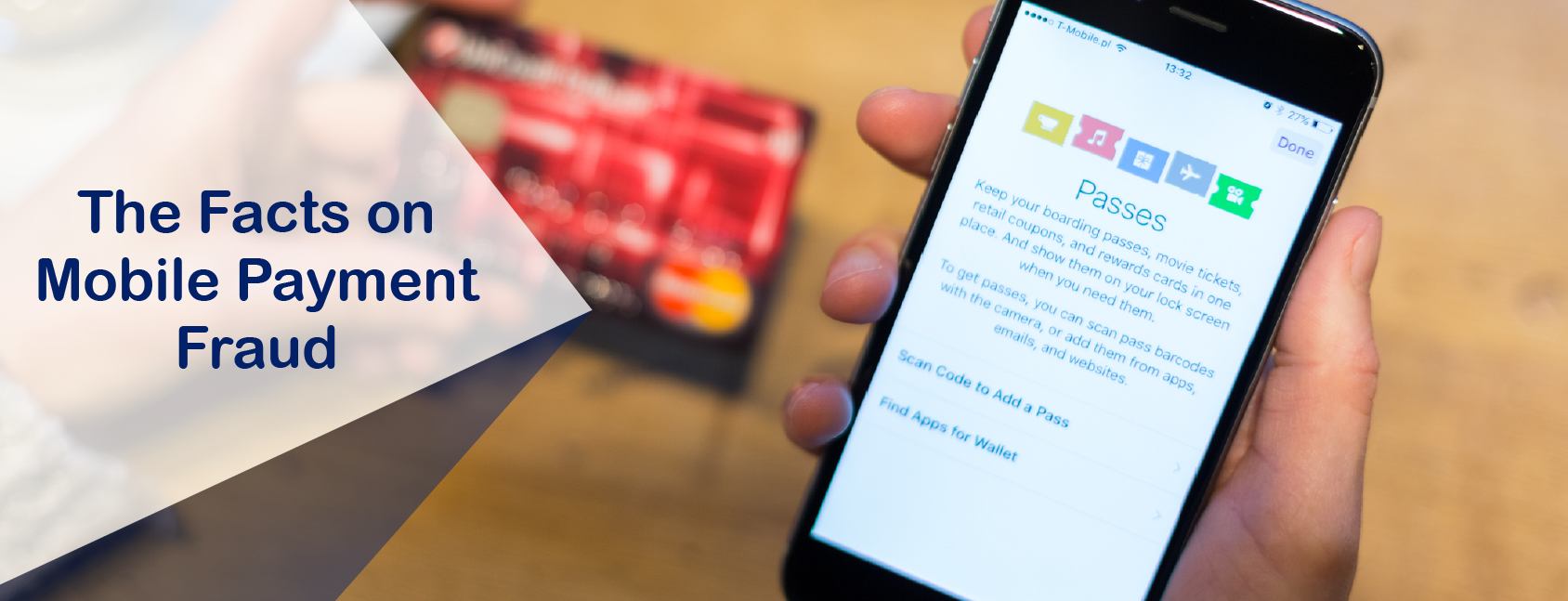Many companies would like you to believe that chargeback management is a complicated and onerous process. We’re not like other companies. We want you to know what we know about chargeback management so you can make smart, informed decisions about protecting your revenue.
Feel confident knowing that you have the knowledge to make informed decisions about best practices for chargeback management. This article takes the confusion and mystery out of chargebacks and gives you the information, access to tools and technology, and expert advice to detect, prevent, and respond to chargebacks.
Chargeback Management First Steps
It’s important that you don’t just accept chargebacks as a cost of doing business. Chargebacks often indicate that there are ways you can improve your business and customer communication processes.
A proactive response to a chargeback allows you to respond quickly and make adjustments that can prevent future chargebacks from happening. Use the following plan as a guideline when formulating your own chargeback response plan.
- Why was the chargeback filed? Review the reason code and chargeback notification details. Collect as many details as you can about the disputed transaction.
- Is this a valid chargeback? Is this a case of fraud, or is it a valid customer complaint? Knowing this is key in deciding whether to accept or dispute the chargeback.
- Review your customer service. Look for ways you can prevent future chargebacks. Often, merchants overlook key details such as billing descriptors, email confirmations, clear refund/return policy, and customer information management.
- Get expert help. You may not be an expert in chargebacks, so you can’t be expected to solve this problem alone. Rely on a team of chargeback experts to review your sales and payment processes to identify any areas for improvement.
Whatever you do, don’t ignore the chargeback and pretend it didn’t happen. Get the answers to these questions so you can make an informed decision about your next steps.
Merchants should remember to review the documentation provided to them by their issuer. Each major credit card company has detailed guidelines and best practices to help you prevent and manage chargebacks.
- Visa
- Mastercard
- Discover
- American Express
For example, Visa recommends in their Chargeback Management Guidelines for Visa Merchants, that merchants do the following to monitor chargebacks:
- Track chargebacks based on reason codes
- Track chargeback activity as part of the overall sales
- Track card-present and card-not-present chargeback data separately
Having a solution in place that allows for the monitoring and tracking of customer data, sales statistics measurement, and which supports chargeback representment can take the stress and worry out of chargeback management.
Understanding the Chargeback Representment Process
The chargeback representment process allows merchants to dispute invalid chargebacks. To do so effectively, you must provide evidence that clearly proves the transaction was completed properly and was approved by the cardholder.
The evidence required for a successful chargeback representment case is based on the chargeback reason code. In general, however, merchants are expected to submit a chargeback rebuttal letter that summarizes the evidence proving the transaction is valid. Typically, you must provide evidence that shows the cardholder approved the transaction, your refund/return policy, a description of the product or service from your website, and tracking numbers to prove the item was delivered.
To help you succeed in your chargeback representment, do the following:
- Respond quickly
- Know the chargeback representment process rules
- Collect compelling evidence
- Know the specific reason code
- Review customer data
- Ask for help
You can win a chargeback representment case; however, it’s much easier and more cost-effective to do so when you rely on expert solutions and advice. Having the right solutions in place that make it easy to collect compelling evidence and to understand your customers can make the difference between representment success or failure.
Learning More About Chargeback Management
We’ve put together a short list of resources that can help you learn more about chargeback management. Please contact us with any questions about chargeback prevention solutions, chargeback representment, and best practices for chargeback management.
- What is chargeback representment?
- Lost at Sea When It Comes to Chargeback Management?
- Advancing Technology for Fraud Prevention
- 7 Mistakes Merchants Make When Fighting Chargebacks
Browse the entire Verifi website to learn more about chargebacks.





